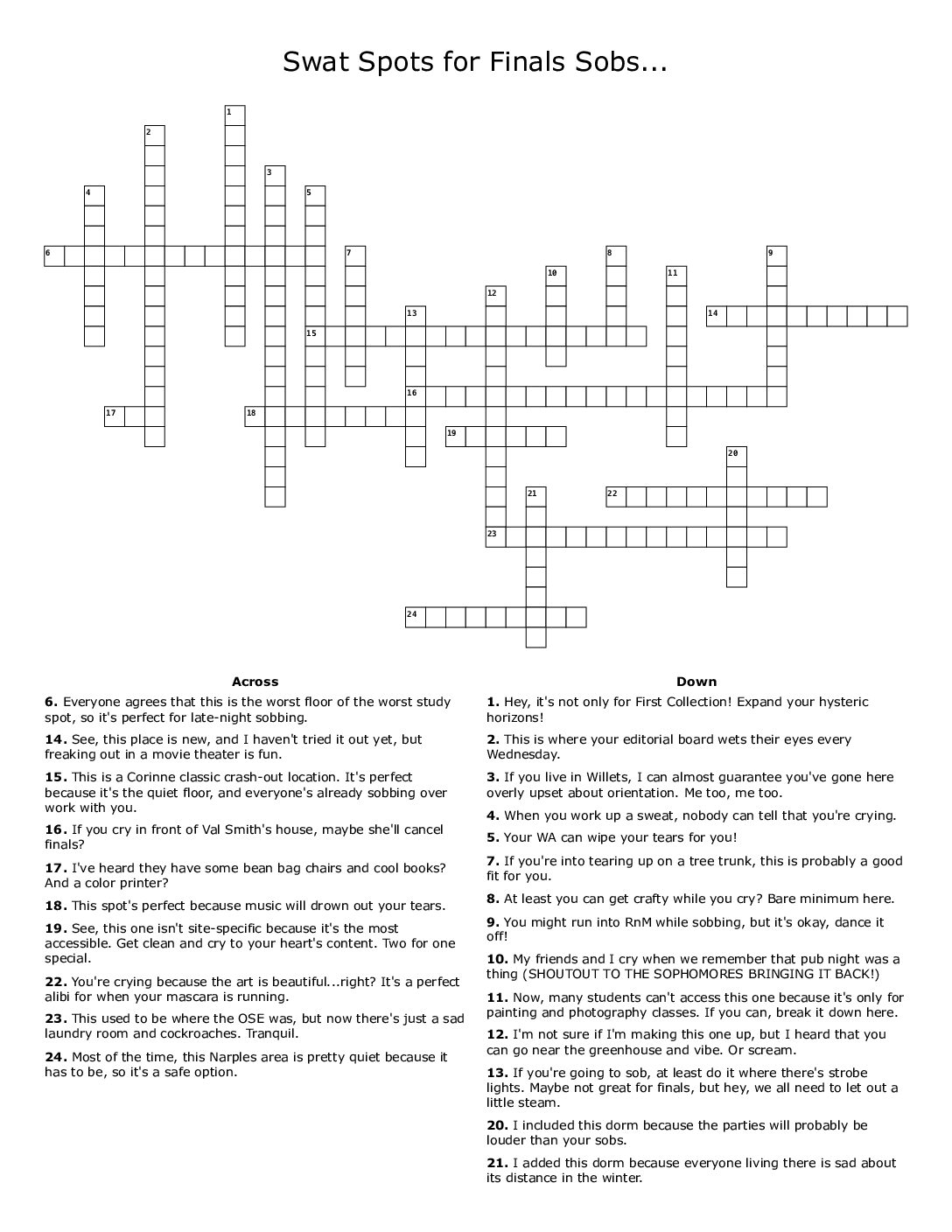Editor’s note: This article was initially published in The Daily Gazette, Swarthmore’s online, daily newspaper founded in Fall 1996. As of Fall 2018, the DG has merged with The Phoenix. See the about page to read more about the DG.
The first time that I consciously considered my multicultural background was in fifth grade when a friend jokingly announced to the class that I was both a Jap and a Nazi. At the time, I laughed along with the class, but I later asked my father what they meant by “Jap” after school. He was vague and kind in answering, but I understood. I knew that my dad was Japanese and that my mom was Caucasian, mostly German, but I never saw myself as really either, or even both. Being mixed race wasn’t something I thought about at the time, but I have never since forgotten.
My parents often tossed around the word “hapa” in reference to my sister and me. They picked up the term back when they were in college in southern California where people often describe anyone who is half-Asian as “hapa.” Growing up, I naturally adopted the word without much thought. But after I entered high school, I began to question what exactly I considered to be my personal identity.
I started the cultural club, Hapa, with the intention of creating a space for people that similarly identify as mixed race and Asian. When I first came to Swarthmore, I was surprised that there wasn’t a community for students from multicultural and multiethnic backgrounds. Everyone in SAO (Swarthmore Asian Organization) was kind and welcoming, but I didn’t feel completely comfortable; I didn’t see anyone like myself in the people around me.
Hapa, for me, is a space for students to come together and share experiences, have discussions, and think through their identities with others from a similar background. Being mixed-race and Asian is a different experience for everyone, but I think that we together have many shared experiences and a story that needs to be told. Other people often label me by what they presume to be my identity, which is frustrating and upsetting, and I think many other mixed-race Asians have had similar interactions. I find myself trying to prove my identity, my Asianness, to people who question or doubt it.
David (DJ) Chan ‘19 explains this challenge well: “Growing up in a community without knowing anyone who is mixed-race Asian meant that I usually had to perform one race to fit into a certain group. For example, since I pass as more Chinese, I would have to display my knowledge of Filipino culture in order to convince someone I am also half-Filipino.”
I similarly have had people ask me to say things in Japanese; they’re disappointed when I have little to say. It’s difficult justifying yourself to others, explaining why your identity is just as valid as theirs. As Dominic Sonkowsky ‘18 declares, “Just because it is only my mother amongst my parents who is Chinese does not mean that my Chinese heritage is any less mine.” Hapa for Dominic is a space for “navigating our identities” without societal comments and judgments. Like Jasper Rendich-Millis ‘19 says about Hapa, I too am “really grateful that there exists a space where I can discuss being Asian without being questioned about my authenticity.”
I agree when Dominic says that Hapa is a community where we, along with “others with similar backgrounds … [can] discuss issues that pertain specifically to us.” One thing that I have noticed recently is that I often find myself acting differently depending on the people who I am with or the space that I am currently in. I grew up in a predominantly white community, where, as one of the few enrolled Asian students, I felt that I was very Japanese. In Kyle Yee ‘19’s words regarding his own experience, “despite the fact that I don’t speak Chinese and I am not particularly involved in Chinese culture, I’ve always been “more Chinese” than my friends and so being “Chinese” became the default.”
On the other hand, Dominic, while growing up, “had a large Asian-American community to surround [himself] with, and [thus he] did not have too much of an impetus to think about race.” Another mixed-race Asian “halfie” says that they were “never super aware of [their] hapa identity because it’s pretty common nowadays.” The individual says that they have “experienced being Asian-American and being a white American, [which] means that [they] can fit into more than one ethnic space but never fully fit into any.” I was saddened when I heard this; I want to make Hapa more inclusive so that it can truly be a place for these people to have a voice and a community.
Through Hapa and my conversations with other mixed-race Asian students, I have come to recognize that people really do experience being mixed-race and Asian in entirely different ways. Emma Remy ‘18 says, “Multi has provided [her] with a space to be confused about [her] identity” while she sees Hapa to be “more a space to express and connect with hapa identity and culture than a place to explore personal identity.” Sayed Malawi ‘18 on the other hand, has “never really been concerned with generalizing [his] cultural identity since [he] grew up in 4 or 5 different countries. Being of different heritage from other people has usually been a point of pride, not a source of confusion” for him. I find myself somewhere in between.
My dream for Hapa is for it to be a space where many people feel welcome. I want everyone’s different and unique voice to be heard, regardless of how much they have come to understand their identity. It should be a space for both confusion and understanding, because I think both are part of the mixed-race Asian experience. I for one have not figured it all out, but for now, I am okay with my uncertainty.
















